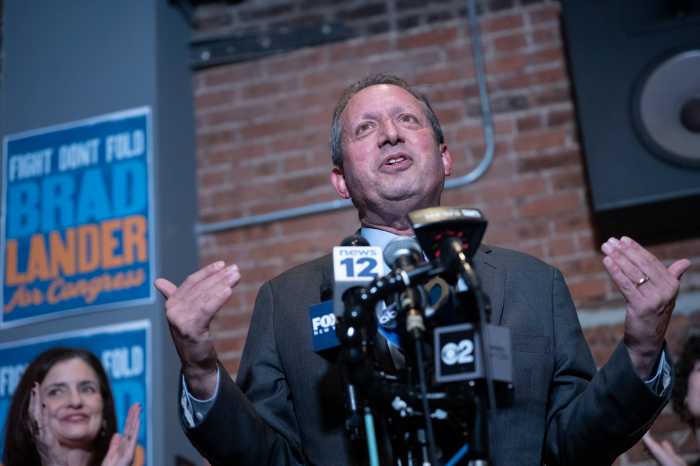-
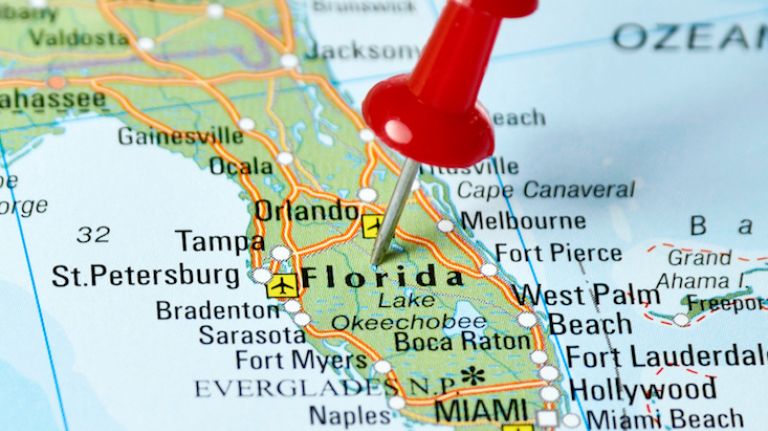 2016 election results: 47.7 percent for Clinton, 49.1 percent for Trump
2016 election results: 47.7 percent for Clinton, 49.1 percent for Trump
2012 election results: 50 percent for Obama, 49.1 percent for Romney
2008 election results: 50.9 percent for Obama, 48.4 percent for McCain
2004 election results: 47.1 percent for Kerry, 52.1 percent for Bush
” data-id=”112408971″ data-link=”https://www.amny.com/wp-content/uploads/2019/10/13909_image.jpg” class=”wp-image-1.12408971″/>
Photo Credit: iStock -
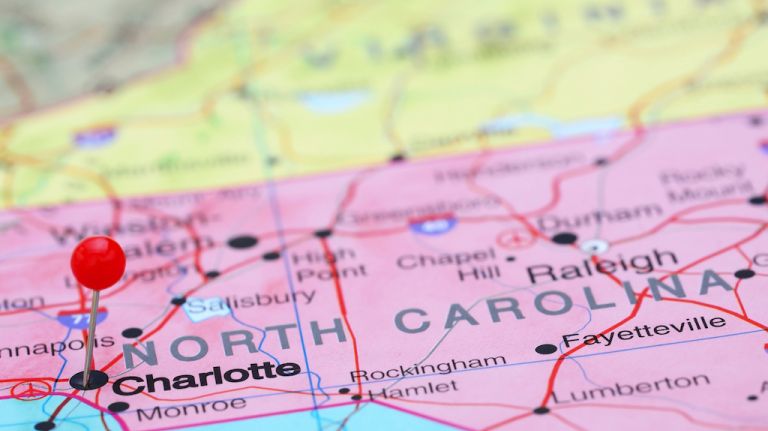 2016 election results: 46.7 percent for Clinton, 50.5 percent for Trump
2016 election results: 46.7 percent for Clinton, 50.5 percent for Trump
2012 election results: 48.4 percent for Obama, 50.6 percent for Mitt Romney
2008 election results: 49.9 percent for Obama, 49.5 percent for McCain
2004 election results: 43.6 percent for John Kerry, 56.1 percent for George W. Bush
” data-id=”112408900″ data-link=”https://www.amny.com/wp-content/uploads/2019/10/13910_image.jpg” class=”wp-image-1.12408900″/>
Photo Credit: iStock -
 2016 election results: 43.5 percent for Clinton, 52.1 percent for Trump
2016 election results: 43.5 percent for Clinton, 52.1 percent for Trump
2012 election results: 50.1 percent for Obama, 48.2 percent for Romney
2008 election results: 51.2 percent for Obama, 47.2 percent for McCain
2004 election results: 48.5 percent for Kerry, 51 percent for Bush
” data-id=”112408894″ data-link=”https://www.amny.com/wp-content/uploads/2019/10/14218_image.jpg” class=”wp-image-1.12408894″/>
Photo Credit: iStock -
 2016 election results: 47.7 percent for Clinton, 48.8 percent for Trump
2016 election results: 47.7 percent for Clinton, 48.8 percent for Trump
2012 election results: 52 percent for Obama, 46.8 percent for Romney
2008 election results: 54.7 percent for Obama, 44.3 percent for McCain
2004 election results: 50.8 percent for Kerry, 48.6 percent for Bush
” data-id=”112408885″ data-link=”https://www.amny.com/wp-content/uploads/2019/10/23101_image.jpg” class=”wp-image-1.12408885″/>
Photo Credit: iStock -
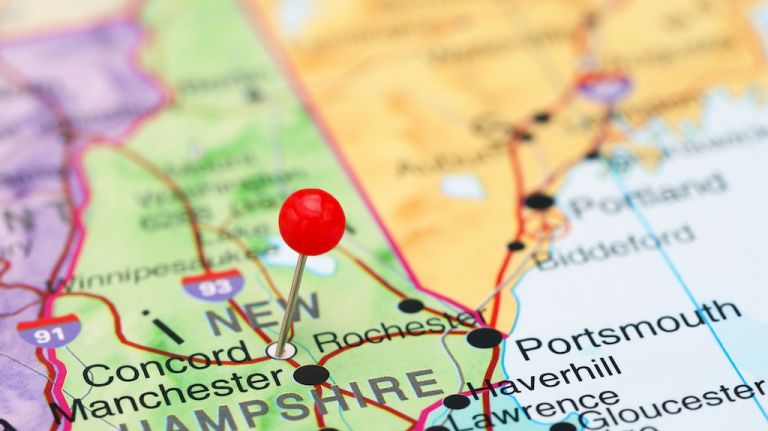 2016 election results: 47.6 percent for Clinton, 47.2 percent for Trump
2016 election results: 47.6 percent for Clinton, 47.2 percent for Trump
2012 election results: 52.2 percent for Obama, 46.4 percent for Romney
2008 election results: 54.3 percent for Obama, 44.8 percent for McCain
2004 election results: 50.3 percent for Kerry, 49 percent for Bush
” data-id=”112408904″ data-link=”https://www.amny.com/wp-content/uploads/2019/10/13917_image.jpg” class=”wp-image-1.12408904″/>
Photo Credit: iStock -
 2016 election results: 47.3 percent for Clinton, 47.5 percent for Trump
2016 election results: 47.3 percent for Clinton, 47.5 percent for Trump2012 election results: 54.3 percent for Obama, 44.8 percent for Romney
2008 election results: 57.4 percent for Obama, 40.9 percent for McCain
2004 election results: 51.2 percent for Kerry, 47.8 percent for Bush
” data-id=”112408921″ data-link=”https://www.amny.com/wp-content/uploads/2019/10/13612_image.jpg” class=”wp-image-1.12408921″/>
Photo Credit: iStock -
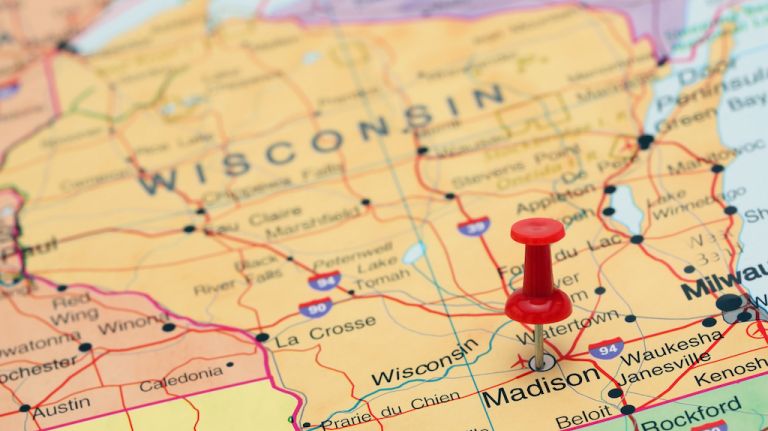 2016 election results: 46.9 percent for Clinton, 47.9 percent for Trump
2016 election results: 46.9 percent for Clinton, 47.9 percent for Trump
2012 election results: 52.8 percent for Obama, 46.1 percent for Romney
2008 election results: 56.3 percent for Obama, 42.4 percent for McCain
2004 election results: 49.8 percent for Kerry, 49.4 percent for Bush
” data-id=”112408864″ data-link=”https://www.amny.com/wp-content/uploads/2019/10/13609_image.jpg” class=”wp-image-1.12408864″/>
Photo Credit: iStock -
 2016 election results: 42.3 percent for Clinton, 51.7 percent for Trump
2016 election results: 42.3 percent for Clinton, 51.7 percent for Trump
2012 election results: 52.1 percent for Obama, 46.5 percent for Romney.
2008 election results: 54 percent for Obama, 44.7 percent for McCain.
2004 election results: 49.2 percent for Kerry, 50.1 percent for Bush.
” data-id=”112408950″ data-link=”https://www.amny.com/wp-content/uploads/2019/10/23107_image.jpg” class=”wp-image-1.12408950″/>
Photo Credit: iStock -
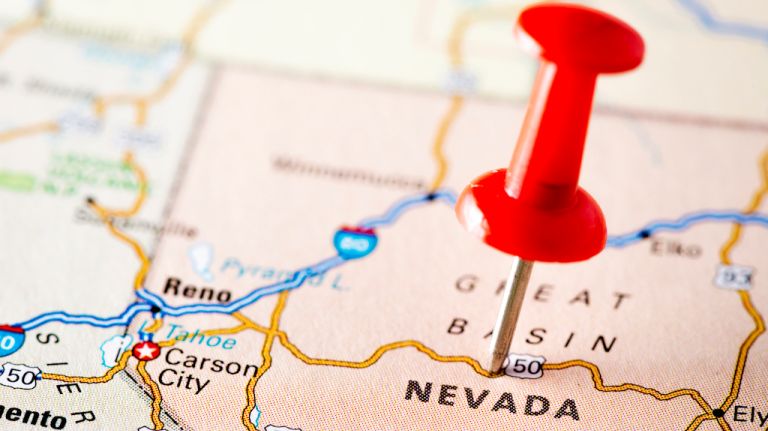 2016 election results: 47.9 percent for Clinton, 45.5 percent for Trump
2016 election results: 47.9 percent for Clinton, 45.5 percent for Trump
2012 election results: 52.3 percent for Obama, 45.7 percent for Romney.
2008 election results: 55.1 percent for Obama, 42.7 percent for McCain.
2004 election results: 47.9 percent for Kerry, 50.5 percent for Bush.
” data-id=”112408910″ data-link=”https://www.amny.com/wp-content/uploads/2019/10/20469_image.jpg” class=”wp-image-1.12408910″/>
Photo Credit: iStock -
 2016 election results: 47 percent for Clinton, 44.8 percent for Trump
2016 election results: 47 percent for Clinton, 44.8 percent for Trump
2012 election results: 51.2 percent for Obama, 46.5 percent for Romney
2008 election results: 53.5 percent for Obama, 44.9 percent for McCain
2004 election results: 46.8 percent for Kerry, 52 percent for Bush
” data-id=”112408995″ data-link=”https://www.amny.com/wp-content/uploads/2019/10/13606_image.jpg” class=”wp-image-1.12408995″/>
Photo Credit: iStock -
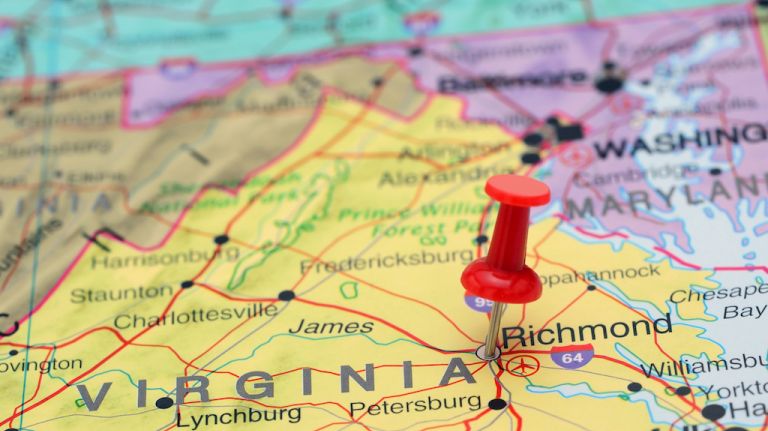 2016 election results: 49.7 percent for Clinton, 45 percent for Trump
2016 election results: 49.7 percent for Clinton, 45 percent for Trump
2012 election results: 50.8 percent for Obama, 47.8 percent for Romney
2008 election results: 52.7 percent for Obama, 46.4 percent for McCain
2004 election results: 45.3 percent for Kerry, 54 percent for Bush
” data-id=”112408878″ data-link=”https://www.amny.com/wp-content/uploads/2019/10/13912_image.jpg” class=”wp-image-1.12408878″/>
Photo Credit: iStock
On Election Day, there were some states Hillary Clinton and Donald Trump were watching more closely than others. These swing — or battleground — states were where the race was expected to be closest, and it was unclear which party would win before the final votes were counted.
Why are swing states important to candidates?
In every state, except Maine and Nebraska, the Electoral College awards electors on a winner-take-all basis, so even if a candidate wins by a small percentage, the reward of electoral votes makes a big difference. Candidates will often spend more time and money in these states, instead of states they expect to win or lose.
How are swing states determined?
Gregory Wawro, a political science professor at Columbia University, explained that swing states are predicted at the beginning of the election cycle based on their political history and how many electoral votes they have.
If a state has a lot of electoral votes and the two main parties have been competitive in past elections, it’s likely to be a swing state, he said. Examples include Florida (29 electoral votes), Pennsylvania (20 electoral votes) and Ohio (18 electoral votes).
State-level polling also helps determine which states will matter most on election day, but early polling is often unreliable. Wawro said various state-level polling at the end of the summer and beginning of the fall help determine if states are still in play.
Polling, and ultimately the results, in battleground states will generally put the candidates within around five percentage points or less of each other.
If a state votes for the same party in multiple consecutive elections, is it still a swing state?
Even if a state has voted for the same party in recent elections, such as Pennsylvania, which has voted Democrat since the 1992 election, it can still be a swing state in the current election. The Democrats didn’t necessarily have an easy time winning Pennsylvania in recent elections, Wawro said.
If one party begins to win consistently by higher percentage points, it may not be considered a swing state anymore. California, for example, was once considered a swing state, but since 1992, Democrats won consistently by at least 10 percent, and in 2008 and 2012, President Barack Obama won by over 20 percent.
What were the 2016 swing states?
In addition to Florida, Pennsylvania and Ohio, Politico and other media sites have monitored Colorado, Iowa, Michigan, Nevada, New Hampshire, North Carolina, Virginia and Wisconsin as other key states.
Here’s a look at the projected winners, as well as how the states voted in the 2012, 2008 and 2004 elections.





